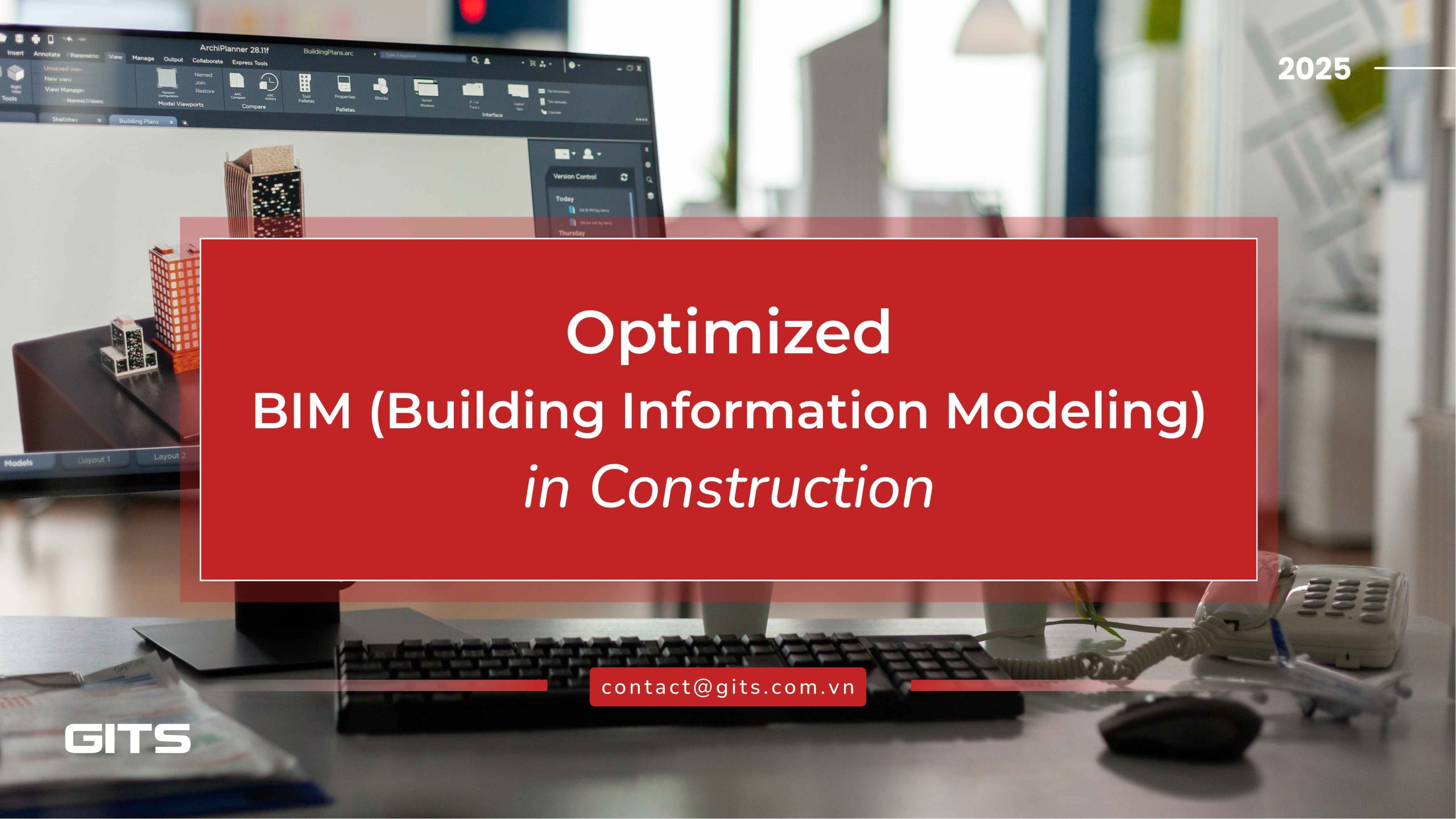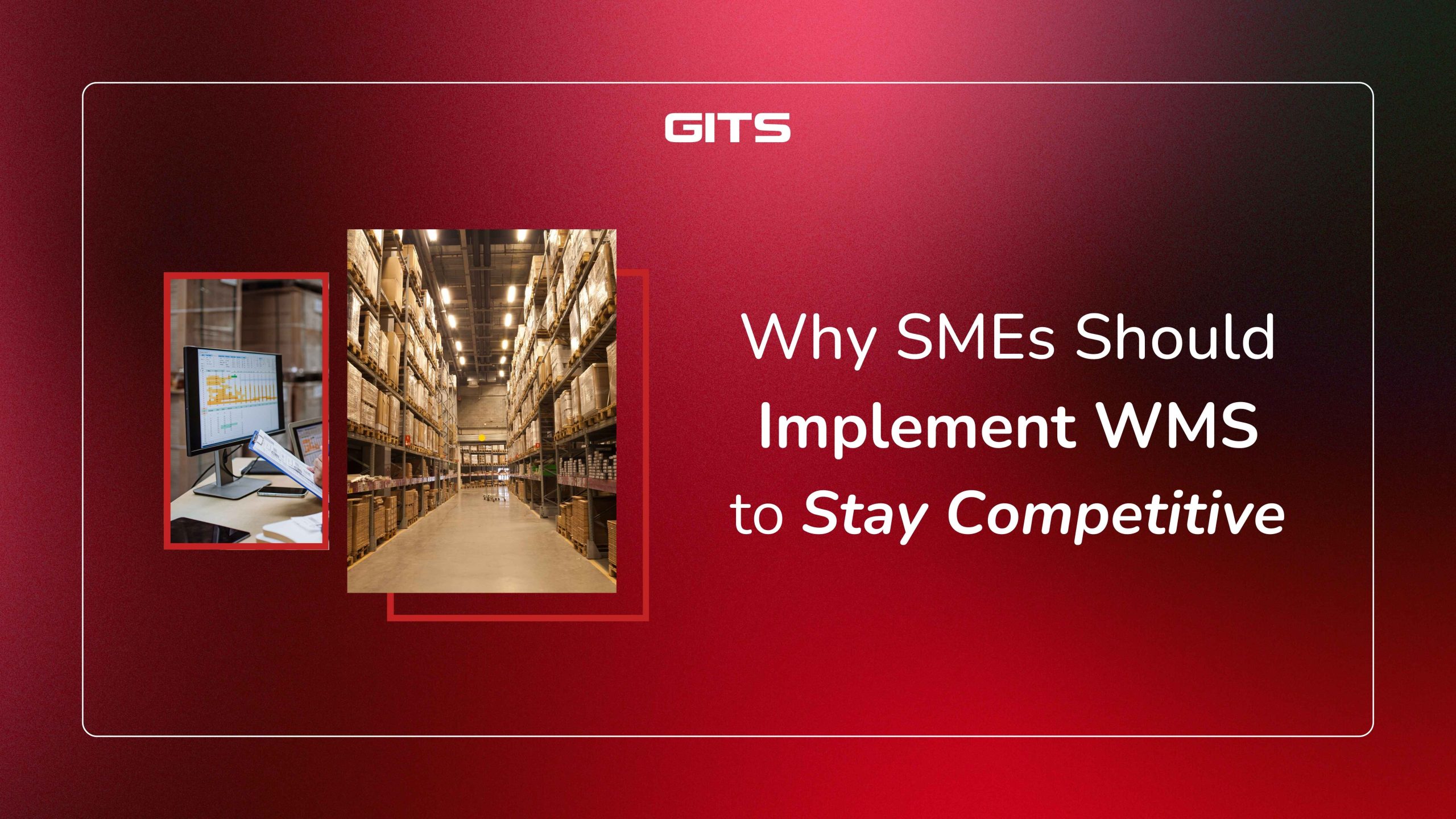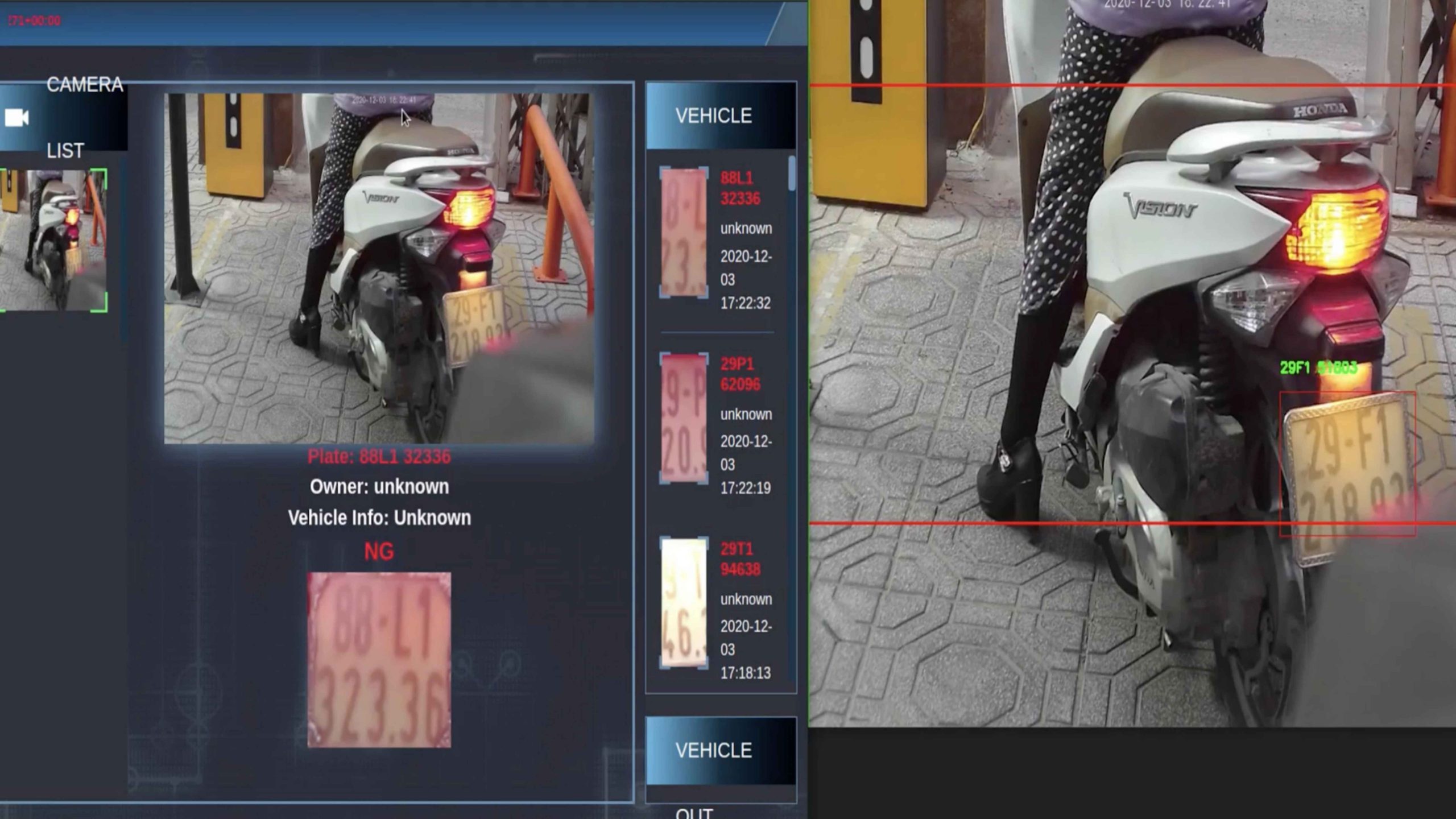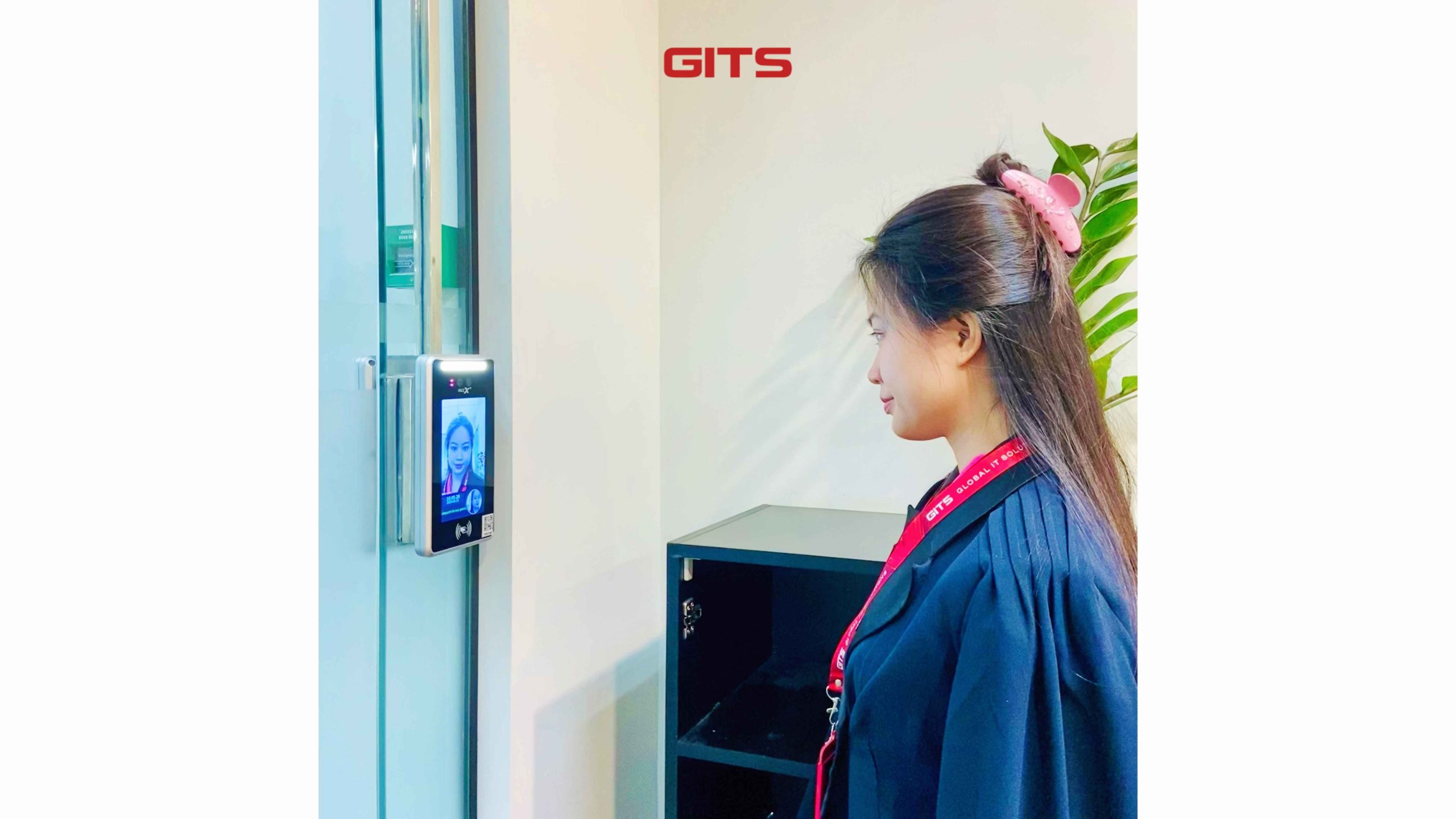In today’s fast-paced construction industry, the ability to deliver projects with both speed and precision can determine whether a company thrives or falls behind. Public projects, in particular, demand strict compliance with standards, cost transparency, and timely delivery. Yet, many enterprises still rely on outdated processes—such as spreadsheets, manual data input, or paper-based workflows—that leave room for errors and inefficiencies.
To stay competitive, companies are increasingly turning to Building Information Modeling (BIM), not just as a design tool, but as a powerful platform to manage costs, schedules, and resources with high accuracy. However, deploying BIM effectively requires software that can seamlessly integrate with industry standards, automate estimation tasks, and reduce the heavy reliance on human input.
This is exactly the challenge that GITS was entrusted to solve in a recent project with a Japanese software enterprise specializing in BIM-based cost estimation.
The challenge: manual estimation and limited integration

The client was facing a significant barrier in scaling their operations. Their existing process for cost estimation was heavily manual, requiring project teams to spend days compiling and cross-checking data from BIM models, spreadsheets, and local unit price standards. Not only was this inefficient, but it also created the risk of inconsistencies and errors—problems that could cascade into budget overruns and disputes during project execution.
Furthermore, Japan’s public construction sector applies strict rules on data management, requiring estimates to conform to government-issued unit price tables and IFC (Industry Foundation Classes) standards. Without an automated solution, meeting these requirements consistently was a costly and time-consuming effort.
The client sought a system that could:
– Automate the generation of quotations and cost breakdowns.
– Ensure compliance with IFC standards and Japanese public sector regulations.
– Reduce the dependency on manual input while maintaining accuracy.
– Offer scalability for integration with broader project management systems.
The solution: building a smarter estimation platform
GITS worked closely with the client’s in-house team to design and implement a tailored BIM estimation system. The development focused on optimizing both usability and technical integration, ensuring that the solution could address the unique demands of the Japanese market.
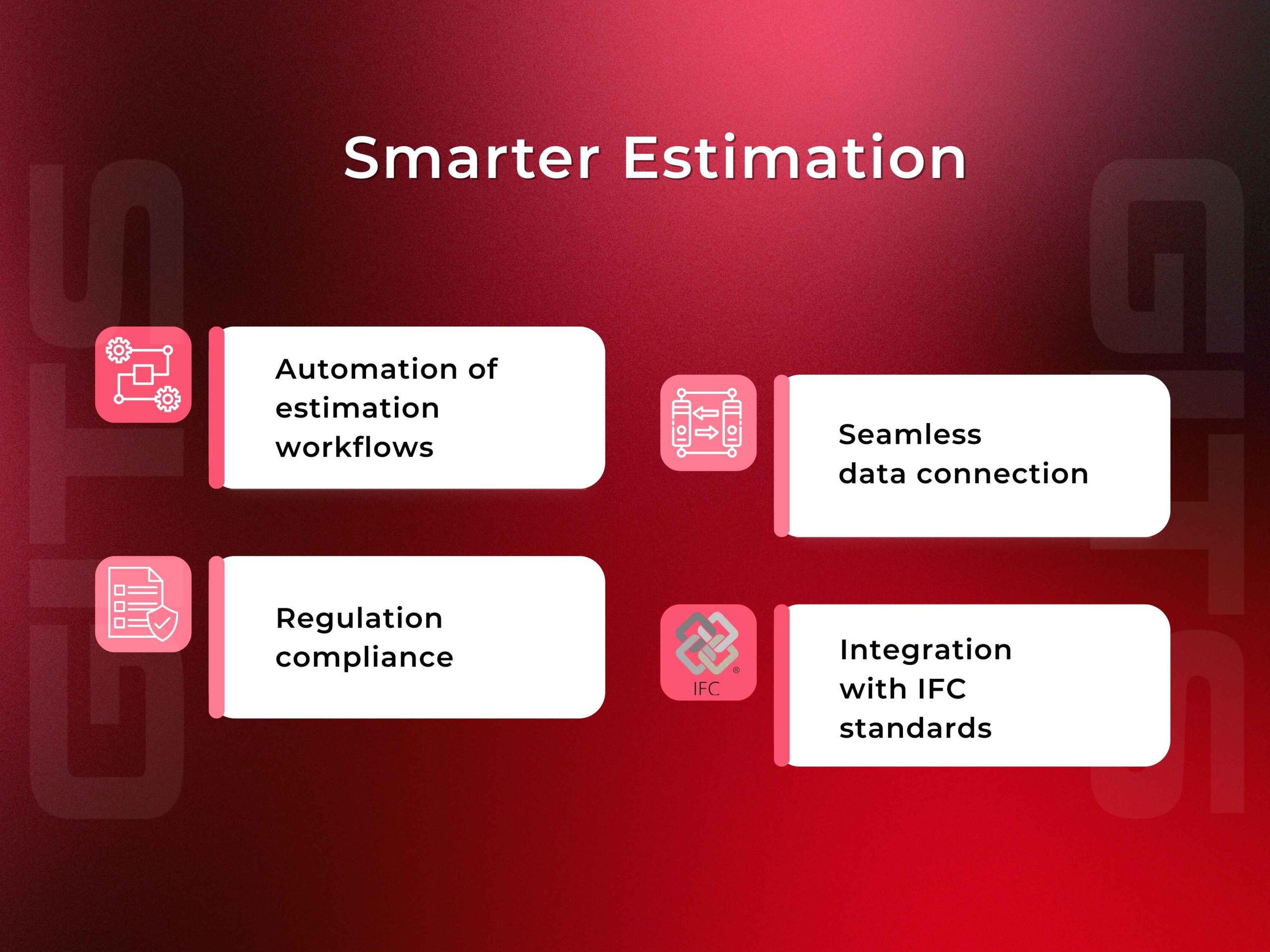
Key improvements included:
– Automation of estimation workflows: The system was designed to generate quotations, unit price tables, and breakdown sheets directly from BIM model data, eliminating the need for repetitive manual tasks.
– Integration with IFC standards: By adhering to international BIM protocols, the system ensured data consistency and allowed for smoother interoperability with other project management tools.
– Regulation compliance: The platform embedded Japanese public construction rules into its logic, enabling automatic alignment with official unit price standards.
– Seamless data connection: Estimation results were made compatible with the client’s cost management systems, creating a unified digital workflow.
– Throughout the project, our engineers prioritized scalability—building a system that could grow with the client’s needs and accommodate future technological changes.
The results: accuracy, speed, and cost savings

The impact of the new platform was immediate and measurable. Estimation tasks that once required multiple days of manual work were now completed within hours. Project managers reported a dramatic decrease in errors, thanks to the automated processes that eliminated inconsistencies.
Beyond efficiency, the system also led to significant cost savings. By reducing man-hours spent on repetitive estimation work, the client was able to allocate their resources more strategically. The transparency and consistency of the data also improved communication with stakeholders, particularly in public sector projects where compliance and accountability are critical.
Long-term impact: a foundation for growth
While the immediate results were impressive, what truly set this project apart was its long-term value. The scalable architecture of the system means that the client can continue to expand its functionality—integrating with broader project management platforms, adopting new BIM standards as they emerge, and responding flexibly to evolving market demands.
This forward-looking approach has positioned the client as a stronger competitor in Japan’s construction technology landscape. With reliable, automated tools, they are no longer constrained by the limits of manual estimation. Instead, they can focus on innovation, customer relationships, and strategic growth.
Conclusion
This case study demonstrates how targeted software development can resolve highly specific industry challenges while delivering long-lasting benefits. For construction enterprises, the lesson is clear: true digital transformation is not about adopting generic tools but about creating solutions that directly address operational pain points.
At GITS, we believe that innovation comes from collaboration and a deep understanding of client needs. By combining technical expertise with industry insight, we help our partners unlock efficiency, reduce costs, and build a foundation for sustainable growth.





